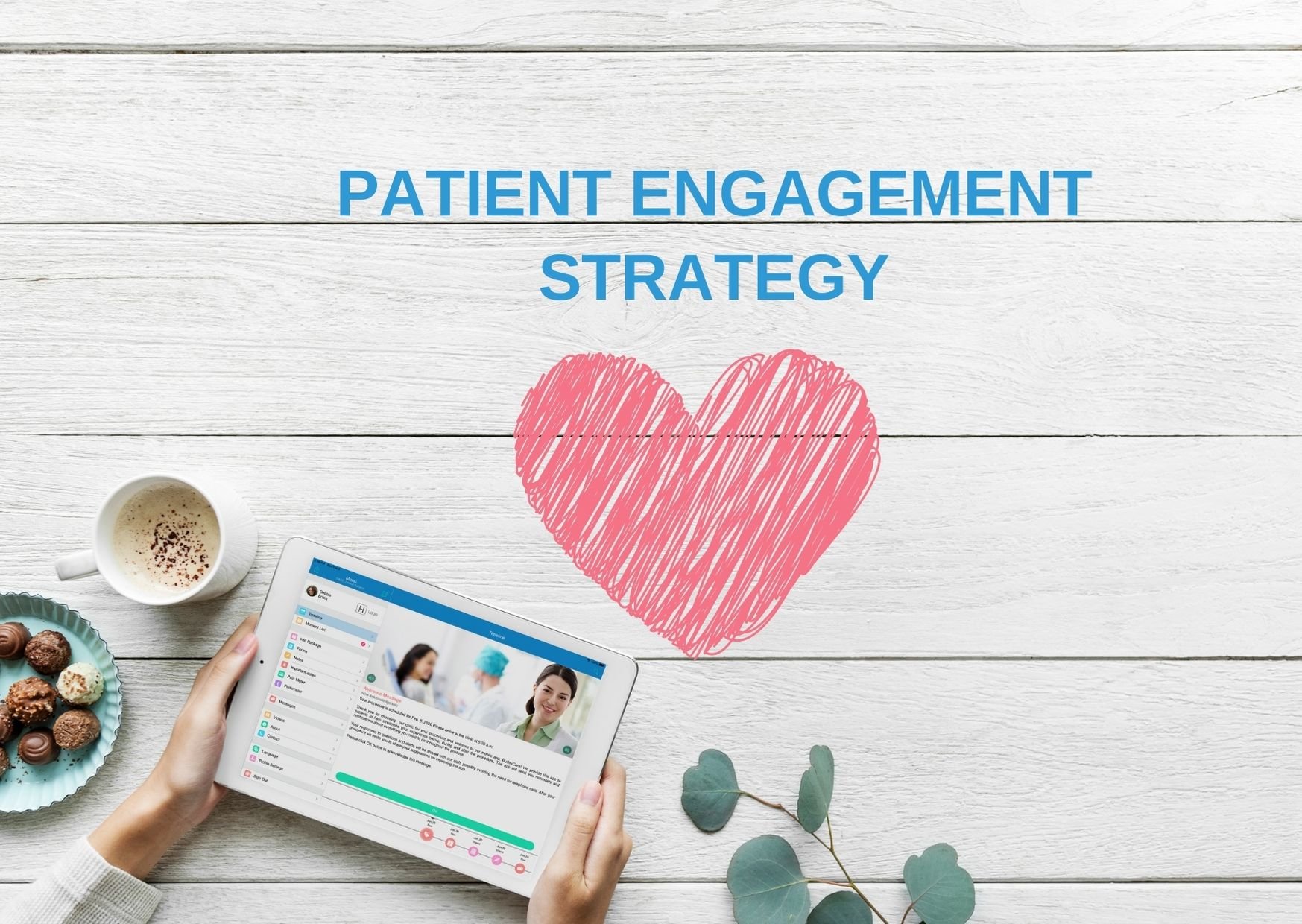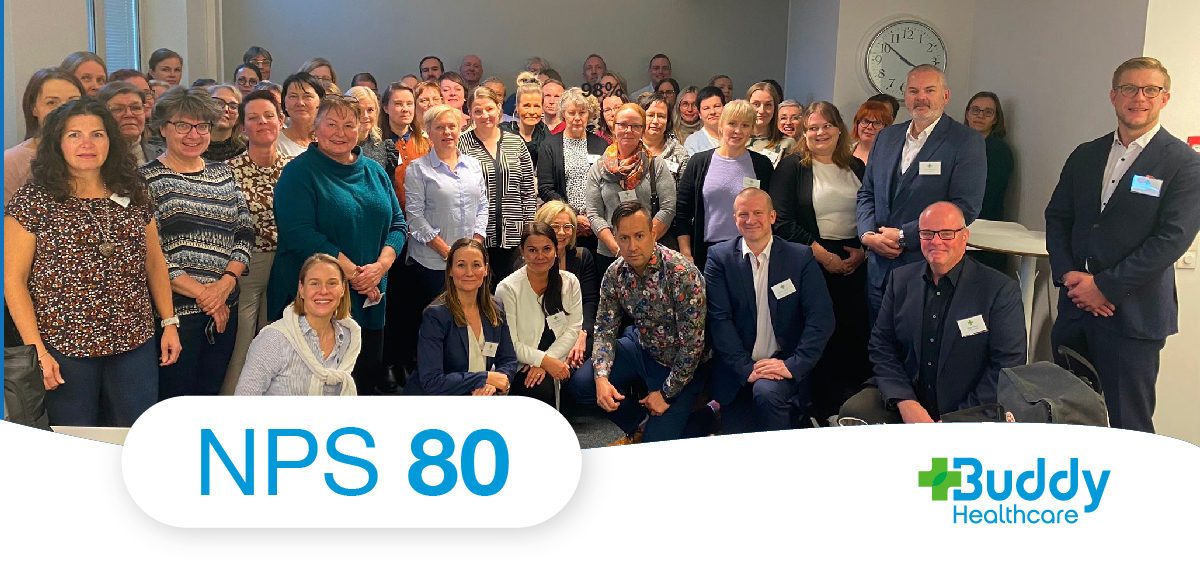8 Strategies to Improve Patient Engagement
Patient engagement is essential to any regulated health service. The system of tools and practices designed to educate, assist and empower patients are both a means to ensuring their welfare and reducing unnecessary labour strain on healthcare practitioners.
The internet age has also given rise to digital patient engagement strategies to help facilitate this process electronically and remotely – and we believe the accessibility granted by these platforms has never been more important than in 2020 and going into 2021. Below are 8 patient-focused solutions hospitals can employ to integrate effective digital patient engagement frameworks.
-
1. Chart an engagement plan
The first step in an effective patient engagement strategy is to isolate the patient needs that should be met and the areas where assistance is bottle-necked. Typically, patient engagement is designed to assist patients preparing for medical procedures and to monitor post-procedure recovery.
Patient engagement tools in this context usually digital patient education, health screenings, dietary or medication monitoring, scheduled check-ups, emotional support. Charting these into an engagement plan can lead to a fuller, actionable means of supporting patients. Implementing the engagement plan digitally can help in automating the patient engagement plan and optimizing the content delivery to the patients.
-
2. Simplify the language
It’s important to remove the intimidation factor in patient engagement. Much of the jargon medical professionals use can leave patients either feeling lost or actually scared due to the inaccessibility of the language.
Explaining patient engagement tools in simple terms is doubly necessary when dealing with digital platforms, as there could be patient patients who may already struggle with technology. When choosing a patient engagement platform, patient experience and user friendliness are very important to consider. If your patients abandon your hospital’s chosen platform you might not get the full benefit out of it.
-
3. Define outcomes for different sets of patients
Different patients will have different needs, especially post operation. Some may need more education on self-care than others due to more complicated postoperative needs, while patients who exhibit more emotional strain before surgery may need more soft support tools like daily encouragement reminders.
Similarly, patients who rely on family or live-in assistance may need their digital engagement to offer resources for caretakers as well. Since patients will need to have a clear standard of recovery to meet, outcomes and care should be built around monitoring a patient’s journey to their individual recovery goals. One efficient way to monitor patients’ post-surgery progress is through platforms such the BuddyCare Platform, that alerts the care team if patients’ engagement is declining and there is a patient who is not completing tasks. With the platform there is no need to monitor patients’ progress manually, it only informs the care team if a patient is not progressing normally in the care path and does not react to the automated reminders.
-
4. Automate patient reminders
Two of the most time consuming aspects of traditional patient engagement are routine check-up calls and task reminders. While necessary, ensuring that patients follow daily, scheduled wellness tasks can become difficult for healthcare professionals who have to monitor multiple patients at the same time.
Through our digital patient engagement platform, we found a 98% reduction in pre-operative patient phone calls and over an hour reduction in time spent per patient preoperatively. This has also correlated to a 50% reduction in no-shows and cancellation, resulting in lower wastage of one of the most precious resources in a hospital – time.
With the power of the internet, task reminders like submitting electronic pre-assessment forms or dietary prompts can be automated, freeing up time for essential in-person patient care while also empowering patients with a strong time-management aid.
-
5. Create accessible resources for patients
Automated tasks can also be paired with information and resources to facilitate better engagement. It’s one thing to use digital platforms to ping pop-up notifications on a patient’s mobile device, but when these notifications come with explanations for the necessity of the tasks as well as insight into how they help, patients become encouraged to proactively follow them.
Traditionally, this would be part of the work a healthcare professional would do during in-person check-ups, but installing these resources onto digital platforms gives patients 24-hour access to them while also using them as prompts for automated reminders.
-
6. Digitize and automate the data-collection process
Giving patients the ability to perform postoperative check-ups online and access to questionnaires not only reduces the need for mandatory in-person visits, but reduces the need for these conversations to happen over the phone too.
Phone calls and in-person meetings operate under a shared time dynamic, meaning both the patient and the medical professional conducting the check-up must spend the same amount of time performing tasks. This excludes the travel time for patients and the rigidity of appointment booking for doctors.
Accessibility through our patient engagement platforms means the patient can perform routine check-ups or tasks online at scheduled times, and that information is automatically stored as data for a medical professional to review at a more appropriate time, unless the check-up flags a need for immediate assistance.
-
7. Focus on Enhanced Recovery After Surgery (ERAS)
Being a multidisciplinary, evidenced-based culture of care, ERAS is an essential part of postoperative care that places the needs of the patient at the center of its systems. As a result, BuddyCare has ensured that the protocols to enhance early mobilization after surgery are embedded in the app, including post-operative and wound care instructions, pain scale questionnaires and electronic patient-reported outcomes and experiences collection.
-
8. Monitor remotely to reduce non-essential in-person contact
With a global pandemic necessitating municipal, state and even national lockdowns, accessibility has never been more important for patients, who represent one of the most vulnerable groups in society at the moment.
The ability to monitor a patient’s preparation and recovery while maintaining safe social distancing standards is one that benefits both the patient and hospitals facing a critical mass of new cases that require in-person emergency attention.
Digitization of patient engagement not only means safely being able to monitor them regardless of regulation and policy changes, but it means hospitals will also face a lesser burden when it comes to immediate response. The majority of patient engagement is routine check-ups that rarely need further procedures beyond schedule reminders, care instructions and psychological and emotional support.
Making use of our patient engagement strategies doesn’t just cut down the labor and time-cost of physical patient engagement, but it also opens up new avenues of efficiency. When used correctly, these are tools that can help pre and postoperative patients while reducing strain on healthcare systems.
Read here also our blog covering 5 things to consider when selecting a patient engagement solution for your surgery or other departments.





